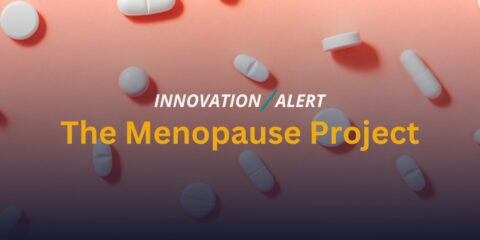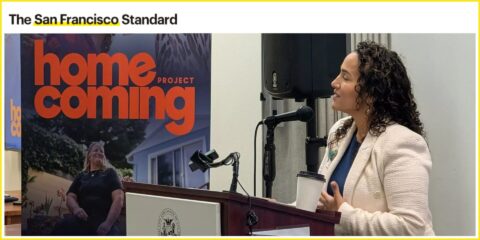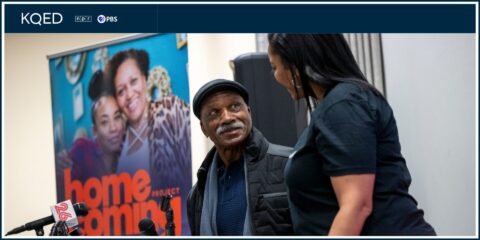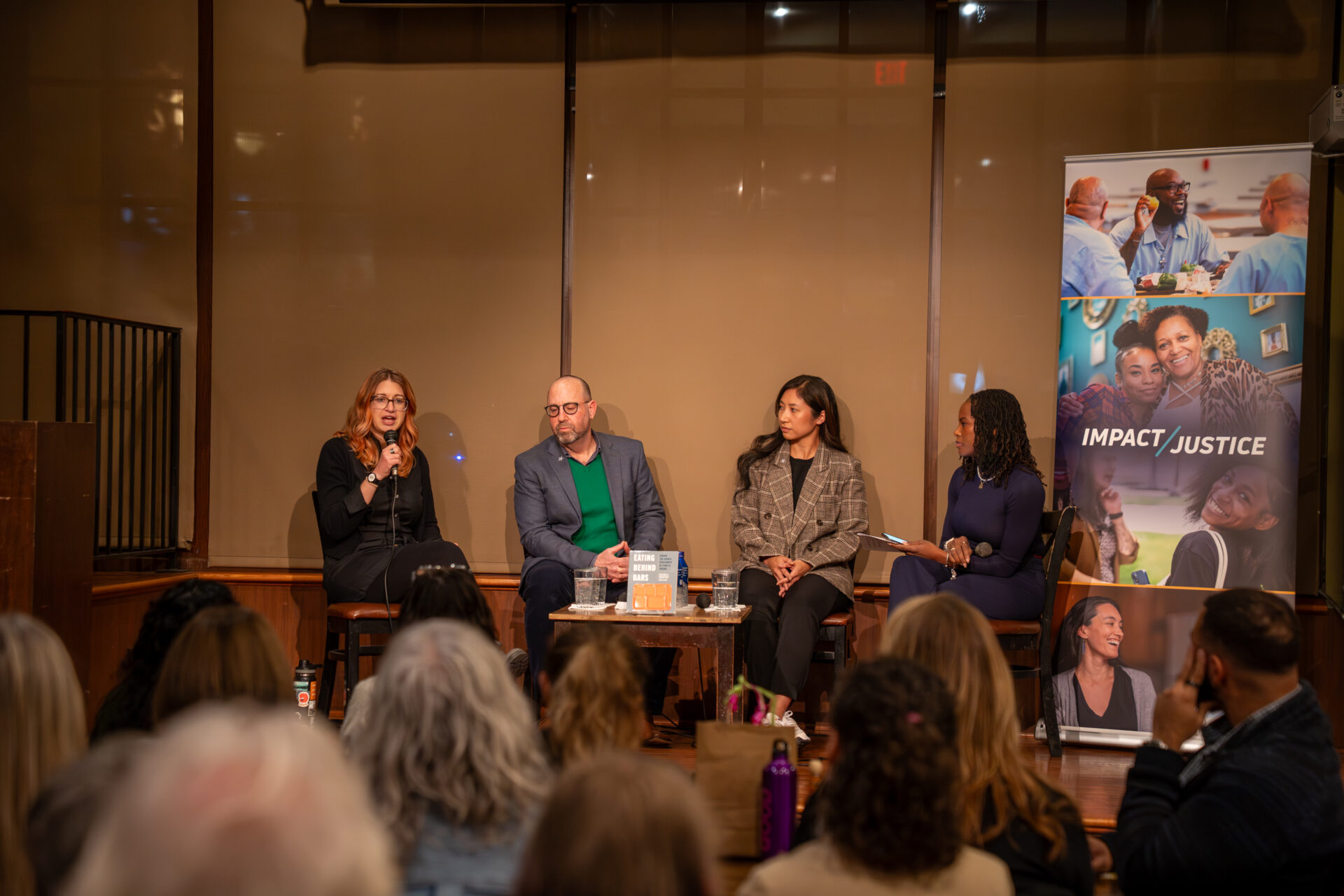
Across the country, thousands of incarcerated people* are experiencing or will soon experience menopause behind bars. Outside of prison, there are major gaps in menopause care; fewer than one in ten physicians treating menopause feel prepared to do so. In prison, these same gaps exist, and are amplified by poor living conditions: excessive heat and denial of fans, unhealthy food, harsh lighting, loud noises, lack of access to fresh air and sunlight, and limited opportunities to exercise all severely exacerbate menopause symptoms, reduce an individual’s ability to manage them, and significantly compromise their basic quality of life.
Women behind bars deserve access to quality menopause care, period. That’s why Impact Justice is tackling the national crisis of menopause in prison head-on.
A Deep Dive: California
Our work begins in California, a state with one of the largest prison populations in the country. Among our initial priorities are physician training guides, educational materials, and workshops that empower incarcerated women to better understand and advocate for their own health. Over the longer term, we’re also focused on expanding access to quality perimenopause and menopause care through telehealth options.
-
- 80%
- More than 80% of incarcerated women going through perimenopause or menopause in prison will experience symptoms that harm their quality of life.
-
- 5x
- In California, the share of incarcerated people aged 50+ has increased five-fold in the span of less than a decade; today, they comprise nearly a quarter of all incarcerated people in the state.
-
- 40%
- Nearly half of women incarcerated in California are experiencing or will soon experience menopause in prison, including the many women in perimenopause, which can start as early as 35 years old.
-
- 4x
- The true financial cost of non-care for incarcerated and formerly-incarcerated people experiencing menopause is 4x higher than the direct cost of care would be.
*While the majority of people experiencing menopause behind bars identify as women, this number is inclusive of all incarcerated people who may experience menopause.






